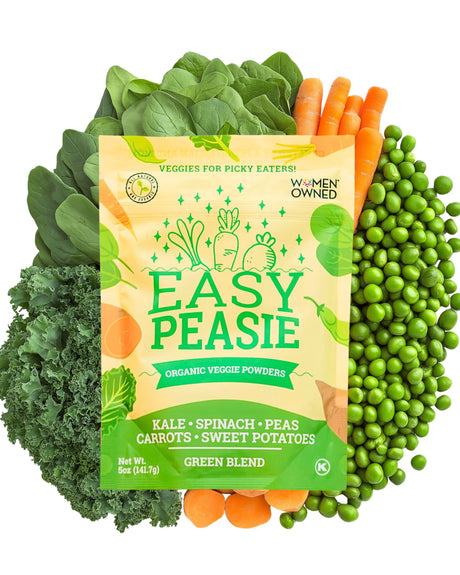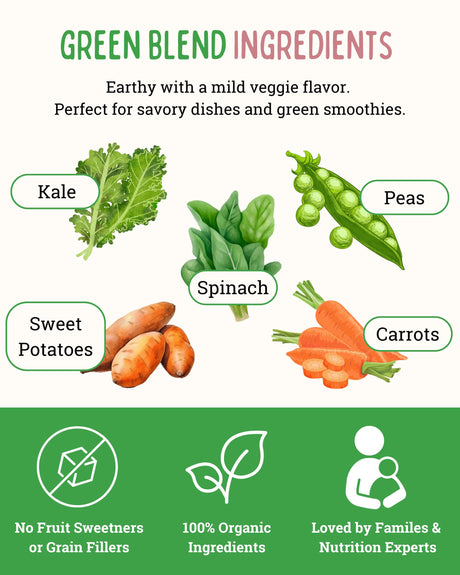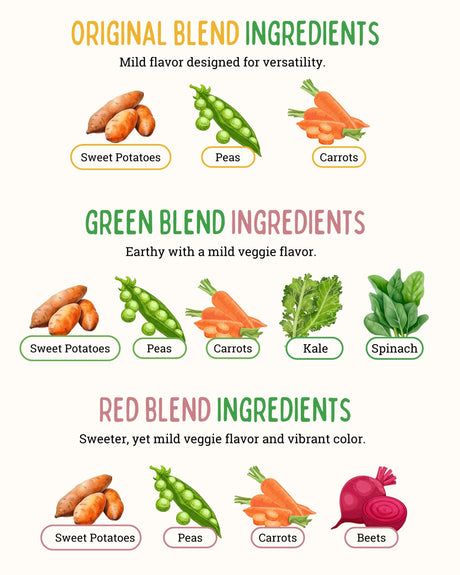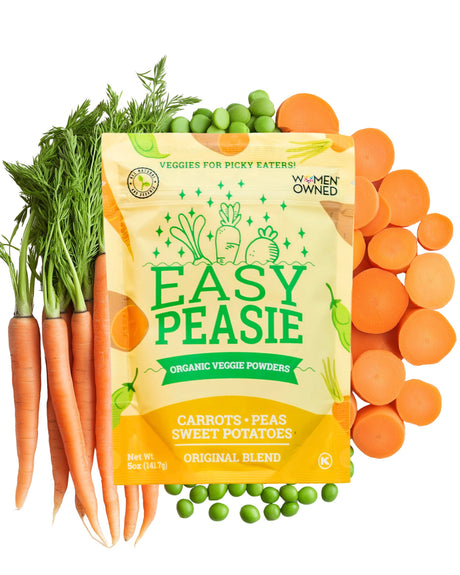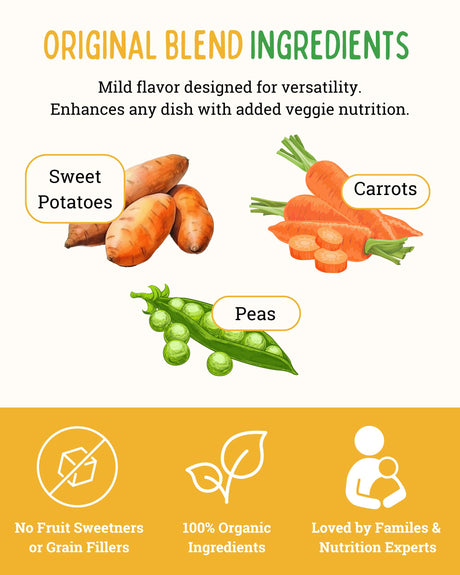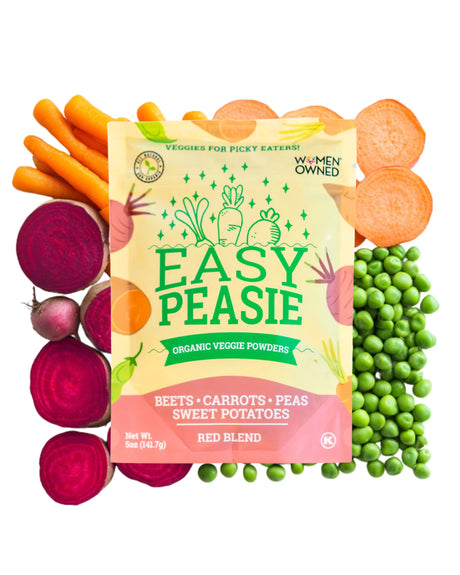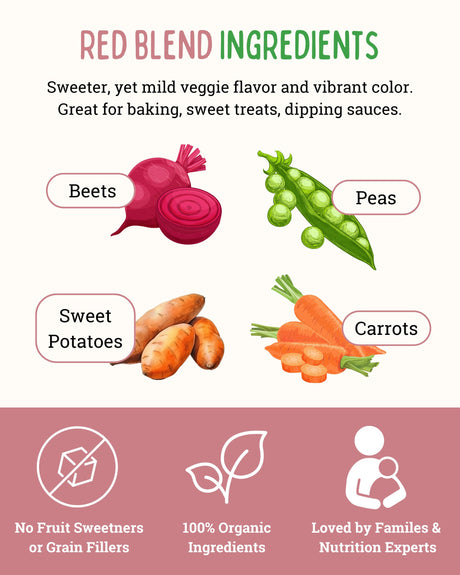Thanksgiving: A Time for Gratitude and Togetherness
Thanksgiving, at its very core, is a celebration of gratitude and family. It's a special time when we gather around the table, sharing stories, laughter, and, of course, food. This holiday transcends the mere act of eating; it's an opportunity to pause, reflect, and express gratitude for our blessings – be it the love of family, the joy of friendship, or the abundance of food.
The Connection Between Gratitude and Sharing Meals
In this article, we delve into the beautiful interplay between gratitude and sharing meals during Thanksgiving. It's fascinating how a mindset of gratitude can positively influence our approach to food. Gratitude can transform our relationship with food from one of indulgence or guilt to one of appreciation and mindfulness.
We'll explore how being thankful can enhance our enjoyment of food, and how it can align our Thanksgiving celebrations with our overall well-being.
The Role of Gratitude in Healthy Eating
The Positive Impact on Eating Habits
Embracing gratitude in our daily lives, especially during meal times, can have a profound impact on our eating habits. When we approach food with a sense of thankfulness, we're more likely to make mindful choices that nourish our bodies and souls. Gratitude shifts our focus from eating purely for pleasure or out of habit, to eating as a form of self-care and appreciation for the nourishment we have. This mindful approach encourages us to choose foods that are not only satisfying but also beneficial for our health.
Making Conscious, Balanced Choices
Practicing gratitude can subtly shift our psychological approach to food. When we're thankful for our meals, we're more conscious of what we're eating and why. This consciousness often leads to more balanced choices – opting for a variety of foods that include fresh, wholesome ingredients instead of reaching out for processed or excessively indulgent options.
Gratitude can help us recognize the effort that goes into preparing a meal, the journey of the ingredients from farm to table, and the nutritional value they bring. This awareness can make us more appreciative of healthy foods and more inclined to choose them.
Portion Control Through the Lens of Thankfulness
Gratitude also plays a significant role in how we perceive portion sizes. With a grateful mindset, we're more likely to savor each bite and listen to our body’s cues of hunger and fullness. This can prevent overeating, as we become content with enough rather than excess. Thanksgiving, with its traditional abundance of food, presents a perfect opportunity to practice this.
By appreciating each dish and eating with gratitude, we can enjoy the holiday’s delights without overindulgence. Portion control becomes a natural part of the meal, not due to restrictions, but because of a deeper appreciation and satisfaction with the food we eat.
Portion Control and Enjoyment: Finding Balance at the Thanksgiving Table

Mindful Portions for a Satisfying Feast
When it comes to managing portion sizes during Thanksgiving, it's all about mindful eating. Start by using smaller plates, as they naturally encourage smaller portions while still making your plate look full and inviting.
When serving yourself, try to fill half your plate with vegetables, a quarter with lean protein (like turkey), and the remaining quarter with starches or grains. This approach not only helps control portion sizes but also ensures a well-balanced meal.
Savoring Each Flavorful Moment
Thanksgiving meals are meant to be savored. Encourage yourself and your guests to eat slowly, taking the time to enjoy the flavors and textures of each dish. Eating slowly not only enhances the dining experience but also helps in recognizing fullness cues, preventing overeating. Engage in conversations at the table, put down your utensils between bites, and truly relish the experience of the meal.
Embracing Variety in Moderation
With a variety of dishes on the table, it's tempting to want to try everything. And you can – the key is moderation. Take small portions of each dish you'd like to try, so you can enjoy the range of flavors without overdoing it. This way, you get to experience all the special Thanksgiving dishes without the guilt or discomfort of overeating.
The Joy of Leftovers
Remember, one of the best parts of Thanksgiving is the leftovers! There's no need to feel pressured to eat everything in one sitting. Pack up leftovers for the next day, allowing you to enjoy the meal again in a more relaxed setting.
This not only helps with portion control on the day but also extends the joy of Thanksgiving.
Honoring Hunger and Satisfaction Signals
Pay attention to your hunger and fullness cues throughout the meal. It’s okay to stop eating when you feel satisfied, even if there’s still food on your plate, and it’s also okay to have seconds if you’re genuinely still hungry.
The goal is to listen to and honor your body’s signals, creating a harmonious balance between enjoying the festive foods and respecting your body’s needs.
Involving Family in Healthy Eating

Creating a Collaborative Kitchen
Bringing the family together in the kitchen is a wonderful way to spark an interest in healthy eating. Start by involving everyone in the meal planning process. Have a family meeting where each member suggests a dish or ingredient they'd like to see included in the Thanksgiving meal. This inclusivity not only makes meal preparation a fun, collaborative effort but also ensures that the menu reflects the tastes and preferences of the entire family, increasing the likelihood that the healthier options will be enjoyed.
Fostering Healthy Habits Through Involvement
Involving children in meal preparation is a powerful tool for promoting healthier eating habits. Assign age-appropriate tasks to your kids, such as washing vegetables, tearing lettuce for salads, or mixing ingredients.
This hands-on experience can make children more interested in the foods they’re helping to prepare, especially when it comes to trying new or healthier options. It's also an excellent opportunity to teach them about nutrition and the benefits of different foods, turning meal prep into an educational experience.
Making Healthy Food Fun
Turn healthy eating into a creative endeavor. Encourage your family to come up with inventive ways to present and prepare dishes. This could be anything from crafting a colorful vegetable platter in the shape of a turkey to coming up with a new twist on a traditional recipe.
These fun activities not only make the cooking process enjoyable but also help everyone view healthy eating in a positive light.
Celebrating Each Contribution
Take time to acknowledge and celebrate each family member's contributions to the meal, no matter how small. This recognition can instill a sense of pride and ownership over the healthy choices made, especially for children.
Praise the creativity, effort, and choices that go into preparing each dish, reinforcing the idea that healthy eating is a shared and enjoyable family value.
Staying Active and Balanced During the Holiday

Integrating Movement into Thanksgiving Traditions
Thanksgiving is often synonymous with feasting, but it's equally important to incorporate physical activities into the holiday to maintain a balance. Simple, fun activities like a family walk or hike in the morning can be a great start.
Organizing a friendly game of touch football, soccer, or frisbee in the backyard can not only get everyone moving but also offer a delightful way to bond and create memories. For those with young children, a Thanksgiving-themed scavenger hunt can add an element of excitement and movement to the day.
The Significance of Activity for Holistic Health
While enjoying the delicious foods of Thanksgiving is a key part of the holiday, balancing this indulgence with physical activity is crucial for overall health. Engaging in physical activities can help manage the extra calorie intake typical of Thanksgiving feasts.
More than that, staying active is essential for heart health, mental well-being, and maintaining energy levels. It’s about creating a Thanksgiving experience that’s not just about the food but also about nurturing the body and mind through movement and play.
Mindful Movement, Mindful Eating
Integrating physical activities into the Thanksgiving holiday can also foster a mindset of mindfulness that extends to eating habits. Often, physical activity can increase our awareness of our bodies' signals, helping us tune in to feelings of hunger and fullness.
This heightened awareness can lead to more mindful eating, where we savor and enjoy our food without overindulgence. Encouraging a balance of movement and mindful eating can transform Thanksgiving into a holistic celebration of health, gratitude, and joy.
The Power of Community and Sharing
Communal Eating: A Catalyst for Healthier Choices
The act of eating together, especially during occasions like Thanksgiving, plays a significant role in promoting healthier eating habits. When meals are shared in a community setting, whether with family or friends, there’s an inherent inclination towards choosing foods that cater to a range of dietary needs and preferences.
This communal aspect often leads to more balanced meals, featuring a variety of dishes that include nutrient-rich vegetables, lean proteins, and whole grains. Sharing a meal also creates an environment of accountability and support, where healthier food choices are encouraged and celebrated.
Gratitude and Mindfulness at the Table
Sharing meals with others is a profound way to practice gratitude and mindful eating. When we sit down to eat with our loved ones, it naturally slows down the pace of the meal. We engage in conversations, listen to each other, and express gratitude for the food and company.
This slower pace allows us to be more present and mindful of what and how we’re eating. We tend to savor our food more, appreciate the flavors, and listen to our bodies’ cues on fullness and satisfaction.
The Social Dimension of Eating
Eating together, particularly during holidays like Thanksgiving, is more than just a nutritional experience; it's a social one. It strengthens bonds, fosters a sense of belonging, and creates a space for sharing not just food but stories, experiences, and traditions.
This social dimension can positively impact our mental and emotional well-being, which is intrinsically linked to our overall health. It reminds us that food is not just fuel for the body, but also nourishment for the soul.
Encouraging Shared Meal Experiences
As we celebrate Thanksgiving, let's encourage the practice of sharing meals with others. Whether it’s inviting someone who may not have a place to go for the holiday or simply coming together with family and friends, these shared experiences can enrich our holiday celebration. They remind us that at the heart of healthy eating and well-being is the joy of connection, community, and gratitude.
Embracing Gratitude and Balance This Thanksgiving
Reflecting on the Essence of Thanksgiving
As we wrap up our exploration of gratitude and healthy eating during Thanksgiving, it’s important to reflect on the key points we’ve covered. We’ve seen how a mindset of gratitude can positively influence our eating habits, leading to more mindful and balanced food choices. We've also delved into how communal eating and sharing meals can foster healthier eating habits and enhance our appreciation for food and each other.
A Balanced Approach to the Thanksgiving Feast
This Thanksgiving, let’s encourage ourselves and our loved ones to enjoy the holiday with a balanced approach. It's about savoring the traditional dishes we love, while also incorporating healthier options and mindful eating practices. Remember, balance is key – it’s perfectly okay to indulge in your favorite dishes as long as it's done with mindfulness and moderation. Let's approach the Thanksgiving table with a heart full of gratitude, appreciating not just the food but the company and the moment.
Carrying the Spirit of Thanksgiving Forward
The lessons of gratitude and healthy eating don’t have to end with the Thanksgiving season. Let's carry this mindset forward into our everyday lives. By continuing to practice gratitude, we can maintain a healthy and balanced relationship with food. Let's make mindful eating, portion control, and the joy of shared meals a regular part of our routine. These habits not only contribute to our physical health but also to our overall well-being and happiness.
As we move beyond Thanksgiving, let’s hold onto the spirit of gratitude, the joy of sharing meals, and the commitment to nourishing ourselves and our loved ones with wholesome, delicious food. Here’s to a holiday season that’s fulfilling in every sense – and to a lifestyle that celebrates health, happiness, and gratitude every day.
Leave your comments below; we love to hear from you! And don't forget to follow EasyPeasie for more veggie info and convo on YouTube, Facebook, and Instagram! ~ThePeas

